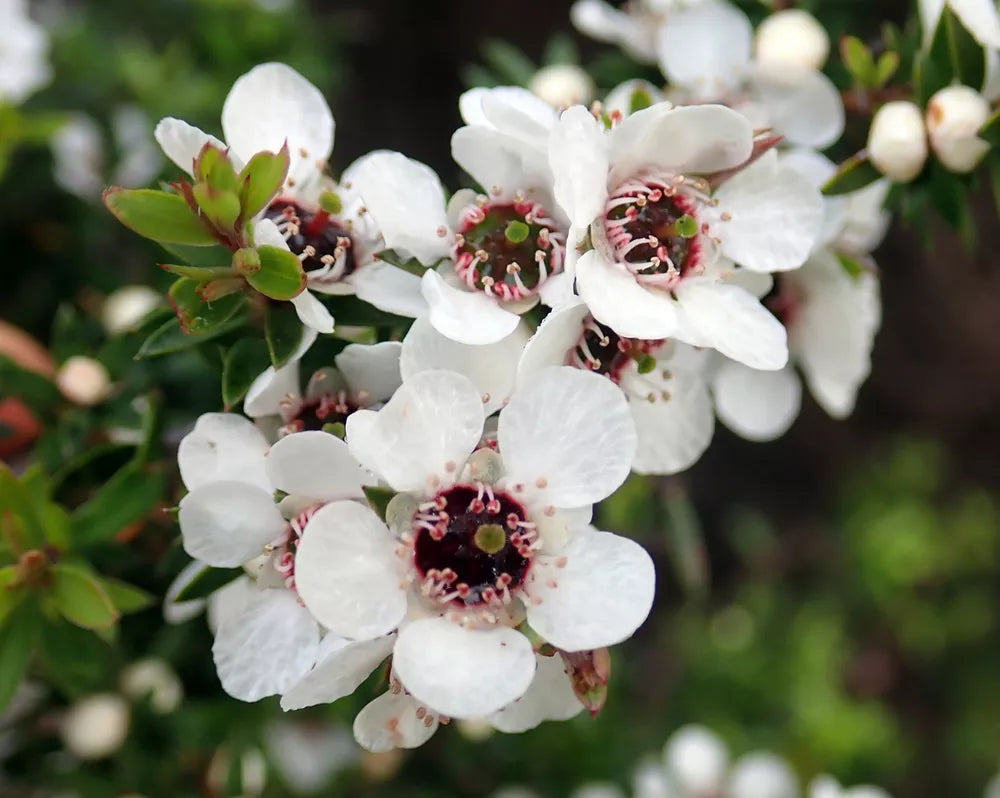
Dharaseeds
Epazote Dysphania ambrosioides
Estimated Free Delivery between April 16 and April 19.
Secured Payment Methods
Your transaction is protected with advanced security measures to keep your information confidential
Epazote (Dysphania ambrosioides), commonly known as Mexican tea or Epazote herb, is a perennial herb native to Central and South America. Known for its strong, pungent aroma and distinctive flavor, Epazote is widely used in Mexican cuisine, particularly in bean dishes, where it helps to reduce the gaseous effects of beans. It also has medicinal uses and is valued for its ability to support digestion and relieve various ailments. Epazote is an essential herb for those who enjoy bold, unique flavors in their cooking.
Key Benefits
- Distinctive Flavor: Epazote has a strong, pungent taste that adds complexity to dishes, particularly in Mexican cuisine. It’s often described as a mix of citrus, herbal, and medicinal flavors.
- Digestive Aid: Traditionally, Epazote has been used to ease digestion and reduce bloating, especially in bean-heavy meals.
- Medicinal Uses: The herb is used in traditional medicine to treat various ailments, including nausea, pain relief, and even as an antimicrobial agent.
- Easy to Grow: Epazote is a hardy plant that thrives in a variety of growing conditions, making it a good choice for both beginners and experienced gardeners.
- Perennial Herb: In suitable climates, Epazote is a perennial, providing a continuous harvest of fresh leaves for several years.
Plant Features
- Plant Characteristics: Epazote is a bushy, aromatic plant with dark green, jagged leaves that release a strong, distinct odor when crushed. It produces small, cluster-like flowers that are often yellow or green in color.
- Size: Typically grows to about 18–24 inches tall, though it can sometimes reach up to 3 feet in ideal conditions.
- Growth Habit: Epazote has a spreading habit and can self-seed, making it an excellent choice for naturalizing in gardens.
Planting Instructions
Planting Season
- Outdoor Planting: Start Epazote in the spring after the frost has passed. If planting in colder climates, start seeds indoors 6–8 weeks before the last frost date.
- Indoor Planting: Epazote can be grown indoors in containers if provided enough light or under grow lights.
Planting Details
- Planting Depth: Plant seeds about 1/8 inch deep. Epazote seeds require light to germinate, so do not cover them too deeply.
- Spacing: Space plants about 18–24 inches apart to allow for their spreading growth.
- Soil Requirements: Prefers well-drained, fertile soil with a pH of 6.0–7.5. Epazote can tolerate a range of soil types, but it thrives in loamy, slightly acidic conditions.
- Sunlight: Epazote needs full sun for optimal growth but can tolerate light shade, especially in hot climates.
Care Instructions
- Watering: Keep the soil moderately moist during the growing season, but avoid overwatering as Epazote prefers drier conditions once established. Water thoroughly, allowing the soil to dry between waterings.
- Fertilization: Epazote does not require heavy feeding. A balanced, organic fertilizer applied in the spring can help support healthy growth.
- Pruning: Prune the plant regularly to encourage new growth and maintain its shape. Removing flowers will also promote leaf growth.
- Pest Control: Epazote is relatively pest-resistant, but keep an eye out for aphids, caterpillars, and whiteflies. Use organic pest control methods as needed.
Harvesting
- Timing: Harvest leaves throughout the growing season. The leaves are best when they are young and tender, though mature leaves can also be used for their stronger flavor.
- Method: Use scissors or pruning shears to snip leaves, taking care not to damage the main stem. For medicinal uses, the stems can also be harvested.
- Frequency: Regular harvesting encourages fresh growth. Harvest up to 2–3 times per season depending on the plant's growth.
Storage
- Short-Term: Fresh Epazote leaves can be stored in the refrigerator in a plastic bag for up to a week.
- Long-Term: To preserve the herb long-term, dry Epazote by hanging it upside down in a cool, dry place or by using a dehydrator. Store dried leaves in an airtight container for up to 6 months.
Culinary Uses
- Mexican Dishes: Epazote is a traditional ingredient in Mexican cuisine, often used to flavor beans, soups, stews, and salsas. It helps to reduce the gas-producing effects of beans and adds a unique flavor.
- Herbal Tea: Epazote can be brewed into an herbal tea for digestive support or to relieve mild pain and discomfort.
- Chutneys and Sauces: Add Epazote to chutneys, sauces, or marinades for an extra layer of flavor.
Conclusion
Epazote (Dysphania ambrosioides) is a bold, aromatic herb that adds depth and complexity to a variety of dishes. Known for its distinctive flavor, it is an essential ingredient in Mexican cuisine, particularly for preparing beans. With its easy-growing nature, Epazote is a great addition to herb gardens, and its medicinal benefits make it a valuable herb in traditional remedies. Whether you're a culinary enthusiast or looking to incorporate natural remedies into your routine, Epazote is an herb worth growing.







